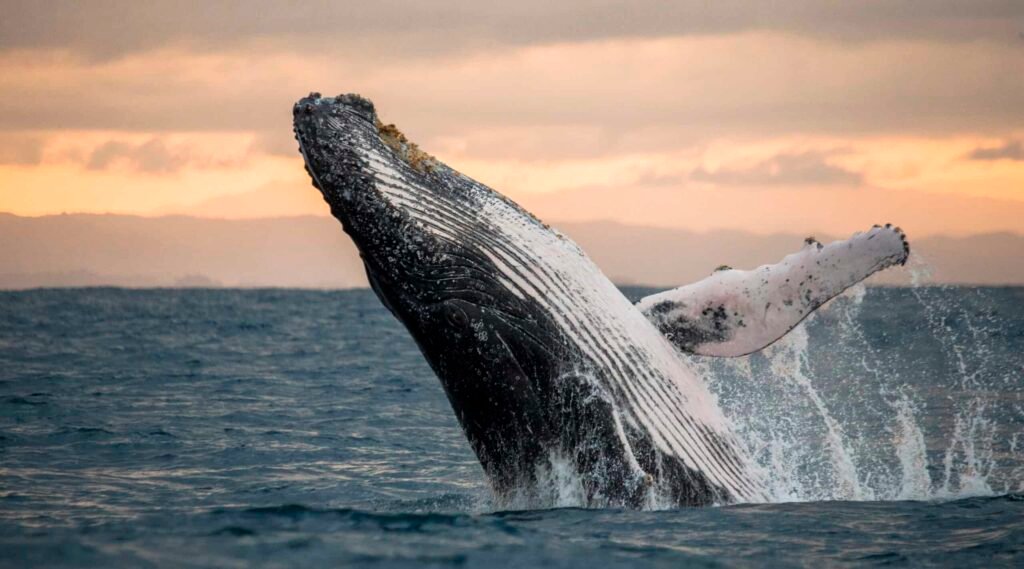The Malayan tiger, a majestic yet critically endangered apex predator, roams the dense rainforests of the Malay Peninsula. Known scientifically as *Panthera tigris jacksoni*, this subspecies embodies both cultural significance and the intricate balance of its natural habitat. In recent years, however, the dwindling population of this elusive feline has become a stark reminder of the environmental challenges facing global biodiversity. This article delves into the fascinating world of the Malayan tiger, explores the threats it faces, and highlights the collective efforts underway to ensure its survival.
Historical Context of the Malayan Tiger

Historically, the Malayan tiger played a central role in the folklore and traditions of Malaysia. It was officially recognized as a distinct subspecies in 2004, separated from the Indochinese tiger based on genetic differences. This recognition elevated the awareness of its increasingly perilous status. Traditional Malay tales often featured the tiger as a symbol of power and bravery, but in reality, the challenges it faces are formidable and call for urgent conservation measures.
Physical Characteristics

Malayan tigers are slightly smaller compared to their cousins, such as the Bengal and Siberian tigers. Adult males typically weigh between 47 to 129 kilograms, while females are smaller, weighing around 24 to 88 kilograms. Their distinctive coat is adorned with narrow black stripes set against a vibrant orange background, which provides camouflage in their forested environment.
Behaviour and Diet

As solitary predators, Malayan tigers lead an elusive existence. They are primarily nocturnal, hunting deer, wild boar, and smaller animals during the cover of night. Their keen senses and stealth allow them to ambush prey with lethal precision. Despite their solitary nature, tigers communicate using scent markings, vocalizations, and visual signals to delineate territory and facilitate mating encounters.
Habitat and Range

The natural habitat of the Malayan tiger includes the dense tropical rainforests of Malaysia and parts of southern Thailand. These forests provide the necessary cover and resources essential for their survival. However, due to deforestation and land conversion, their habitat has been dramatically reduced, leading to isolated populations and increased human-wildlife conflict.
Threats to Survival

One of the most pressing threats to the Malayan tiger is habitat loss due to logging, agriculture, and infrastructure development. Poaching and illegal wildlife trade pose additional significant risks, driven by the demand for tiger parts in traditional medicine and trophies. Moreover, conflict with humans often results in fatal encounters as tigers encroach on villages in search of food.
Conservation Efforts

The plight of the Malayan tiger has mobilized numerous conservation efforts led by organizations, governments, and local communities. Measures include anti-poaching patrols, habitat restoration projects, and establishing protected areas to ensure safe environments for these tigers. Public awareness campaigns also play a crucial role in educating communities about the importance of preserving this species.
The Role of Technology in Conservation

Advancements in technology have been harnessed to protect the Malayan tiger. Camera traps and drones enable conservationists to monitor tiger populations and their movements, providing invaluable data that informs management strategies. Additionally, geographic information systems (GIS) help map critical habitats, ensuring focused conservation efforts.
Community Involvement and Education

Local communities are essential partners in conservation, as they are the stewards of the land tigers inhabit. Education programs focusing on sustainable practices help reduce the human impact on tiger habitats. Empowering these communities with the knowledge and resources to coexist with wildlife encourages long-term conservation success.
International Collaboration

Saving the Malayan tiger requires a cohesive effort that extends beyond national borders. International collaborations facilitate the exchange of knowledge and resources. Organizations like the World Wildlife Fund (WWF) and the International Union for Conservation of Nature (IUCN) are instrumental in coordinating global support and resources to aid conservation initiatives.
The Importance of Genetic Studies

Genetic research offers insights into the Malayan tiger’s population structure and health. By understanding genetic diversity and breeding patterns, conservationists can develop breeding programs that enhance genetic robustness, thus improving the species’ overall resilience to environmental changes and diseases.
Legal Protection

The Malaysian government has enacted strict laws to protect the Malayan tiger, classifying it as a totally protected species under the Wildlife Conservation Act. This legal framework helps deter poaching and trafficking while enabling authorities to take decisive action against violators.
Challenges in Conservation

Despite concerted efforts, conserving the Malayan tiger faces hurdles, including limited funding, inadequate enforcement of wildlife laws, and the complex socio-economic factors impacting local communities. These challenges necessitate a holistic, adaptable approach to conservation that considers cultural, economic, and environmental factors.
The Future of Malayan Tigers

The future of the Malayan tiger depends on sustained, coordinated efforts to mitigate threats and promote recovery. Successful conservation initiatives can serve as a model for protecting other endangered species worldwide. Indeed, the survival of this iconic cat symbolizes hope for biodiversity conservation across Southeast Asia.
Conclusion

The Malayan tiger’s plight is a poignant reminder of the ongoing struggle to preserve Earth’s natural wonders. While challenges abound, unwavering efforts by conservationists, governments, and communities offer a beacon of hope. By cultivating global awareness and fostering innovative solutions, we can ensure that future generations inherit a world where the Malayan tiger roams wild and free, embodying the untamed spirit of nature.




